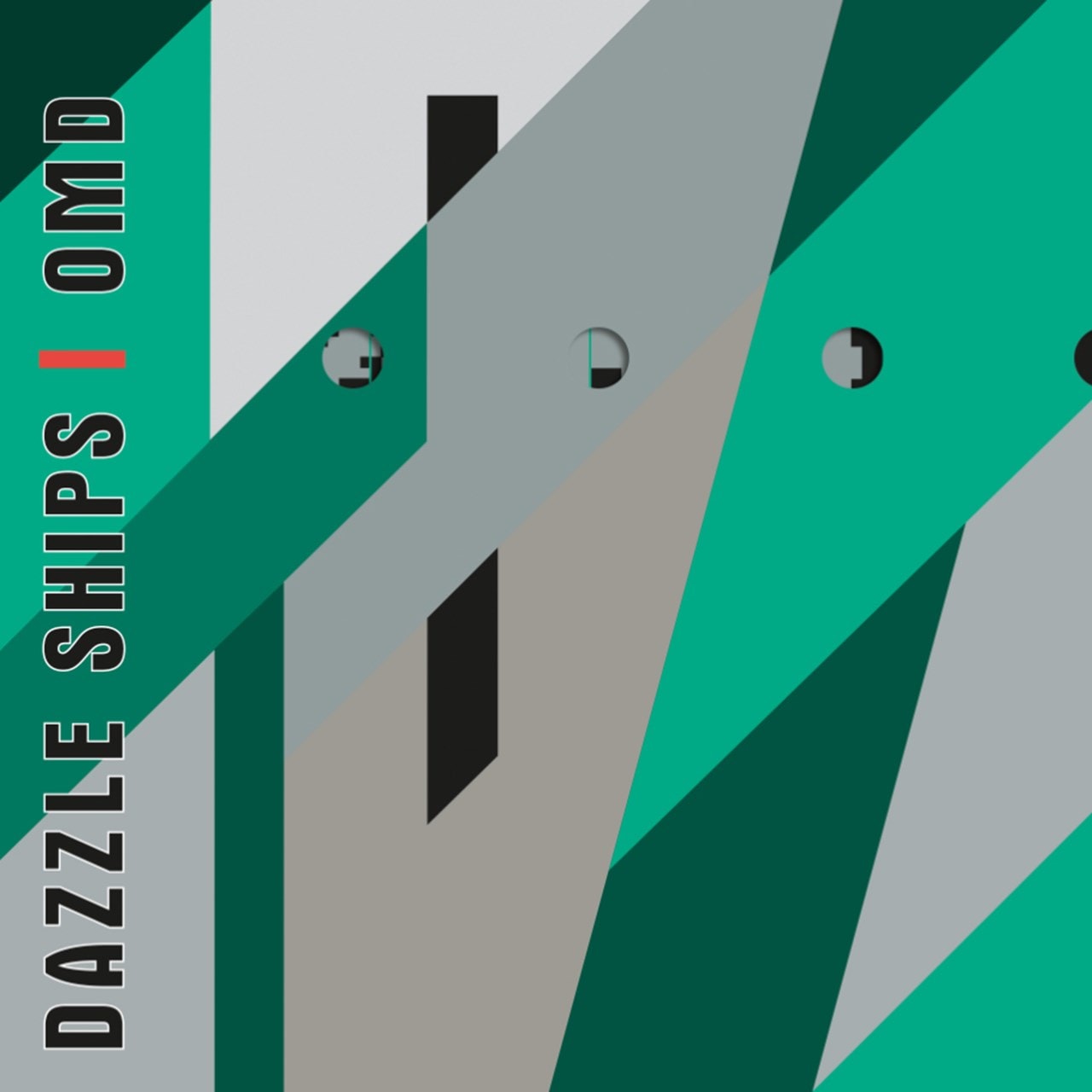

Designs were then drawn up on paper and sent for implementation to various ‘dazzle officers’ around Britain. This involved placing the models on a rotating turntable and viewing them through a submarine periscope under various lighting conditions. Dazzle camouflage, also known as razzle dazzle (in the U.S.) or dazzle painting, is a family of ship camouflage that was used extensively in World War I. Paint schemes were designed and applied to scale-sized models that were then assessed in a ‘viewing theatre’, set up from the point-of-view of an enemy torpedo operator. In June 1917 Wilkinson’s ideas were backed by the Admiralty and he was given studios and 18 other artists to set up a ‘Dazzle paint section’. He wrote to the flag officer at Devonport proposing to ‘paint a ship with large patches of strong colour in a carefully thought out pattern and colour scheme … which will so distort the form of the vessel that the chances of successful aim by attacking submarines will be greatly decreased’. In April that year, artist Norman Wilkinson, then a lieutenant in the Royal Naval Reserve at Devonport, had an idea for a paint scheme that could protect merchant vessels from submarine attack. Born in 1889, Wadsworth was the son of a wealthy Yorkshire textile manufacturer. However in early 1917 Germany resumed a campaign of unrestricted submarine warfare, which was initially highly successful in sinking large numbers of merchant vessels. A soldier in the New Zealand army on his way to the Dardanelles in April 1915 ‘saw a good example of maritime camouflage – a town class cruiser painted grey and black and white to resemble a storm-tossed sea’. In September 1915 a Royal Navy commander reported that his ship was referred to as a zebra after it was ‘painted in a coat of striped camouflage’.Įarly in the war the effectiveness of the schemes was never proven and in 1915 the Admiralty decided that its warships would be painted a uniform grey. Kerr wrote to Winston Churchill, the first lord of the British Admiralty as early as September 1914 outlining his methods for ‘diminishing the visibility of ships at a distance, based on scientific principles’.Īt first the application of paint schemes was ad-hoc.


Graham Kerr, Regius Professor of Zoology at Glasgow, was one who saw the further application of these principles in disguising ships at sea. This had its origins in natural scientists studying camouflage in animals. The idea, in essence, was to confuse U-boat captains by making it difficult to plot accurately an enemy ship’s movements when manoeuvring for an attack, causing the torpedo to be misdirected or the attack to be aborted.īefore WWI there had been some experimentation with camouflage for military purposes in the United States and Britain. The colour scheme was designed to confuse and deceive an enemy as to the size, outline, course and speed of a vessel by painting sides and upperworks in contrasting colours and shapes arranged in irregular patterns. The aim was to thwart German U-boat captains who had been destroying large amounts of shipping.

Towards the end of World War I large numbers of merchant ships were brightly painted in bizarre geometrical patterns known as ‘Dazzle Painting’ later known as dazzle camouflage.
#DAZZLE SHIPS FREE#
You are free to use this Item in any way that is permitted by the copyright and related rights legislation that applies to your use.Dazzle pattern on a merchant vessel during WWI. Physical Description Linocuts Type of Resource Still image Identifiers NYPL catalog ID (B-number): b13992243 RLIN/OCLC: 40707679 Universal Unique Identifier (UUID): fa230c10-c6bb-012f-a754-58d385a7bc34 Rights Statement The copyright and related rights status of this item has been reviewed by The New York Public Library, but we were unable to make a conclusive determination as to the copyright status of the item. In any case, modern torpedoes and missiles are guided to their target electronically. During World War I, British and American ships were painted with bold colors and crazy patterns from bow to stern. Author: Chris Barton, Illustrator: Victo Ngai. Portfolio of linoleum cuts) Genres Prints Notes Statement of responsibility: by Horace Brodzky Date: Date created 1919. Dazzle Ships, falling between the Falklands war and the Tories emphatic re-election, sounded the bell for the new pop playground that the charts had become. Ships, then, travel too slowly for dazzle camouflage to have an effect. Dazzle Ships: World War I and the Art of Confusion. Wallach Division of Art, Prints and Photographs: Print Collection Shelf locator: MEM+ B864p (Brodzky, H. Arens Library locations The Miriam and Ira D. Names Brodzky, Horace, 1885-1969 (Printmaker) Arens, Egmont, 1889-1966 (Publisher) CollectionĪ portfolio of linoleum cuts Dates / Origin Date Issued: 1920 Place: New York Publisher: E.H.


 0 kommentar(er)
0 kommentar(er)
